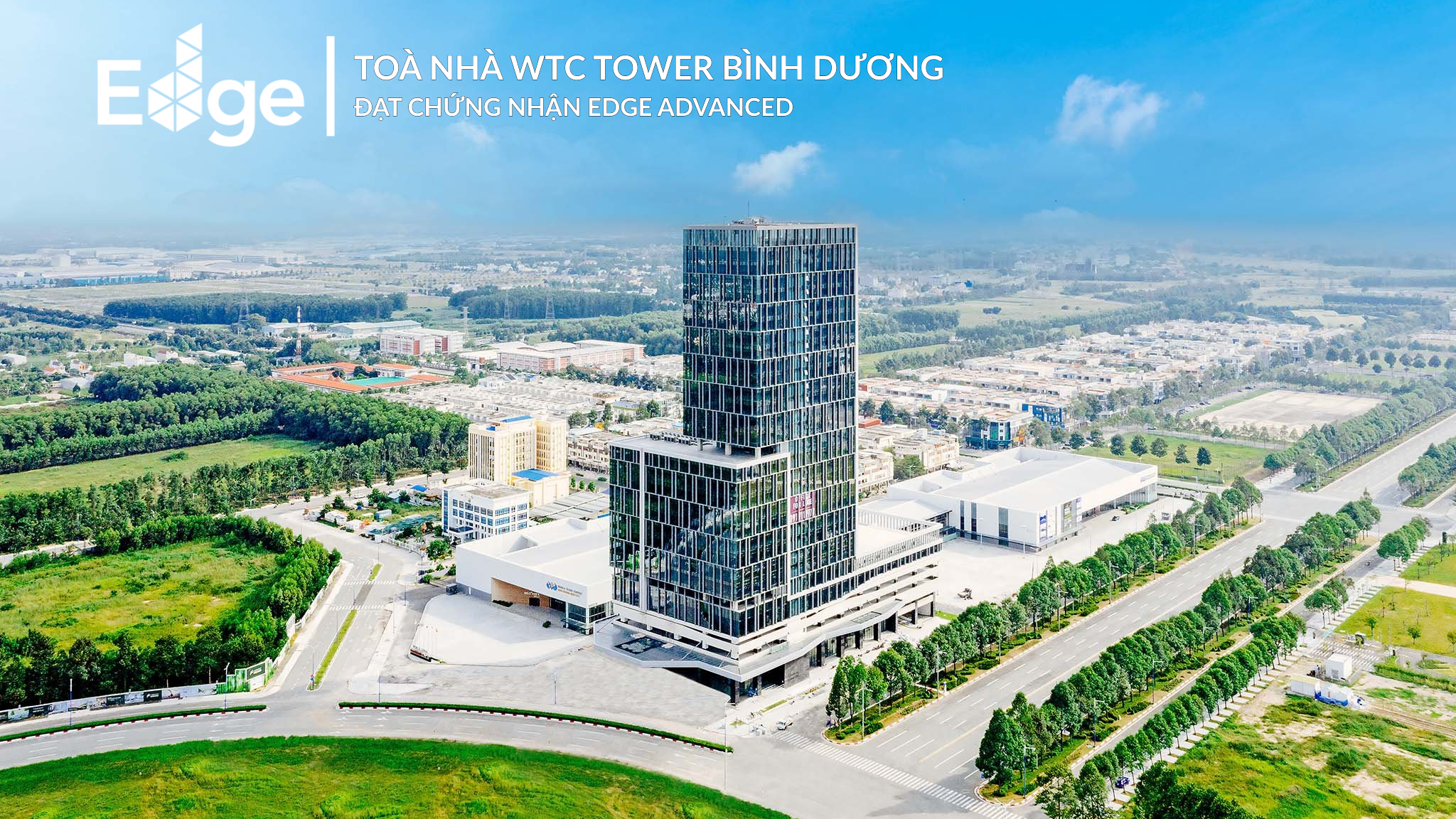
From “Multi-functional” to “Sustainable”: The All-in-One Building Model Shaping a New Trend in Vietnam
News
In an era where energy efficiency, emission reduction, and sustainable development have become top priorities, Vietnam’s commercial real estate sector is undergoing a major transformation: from single-purpose buildings (offices, commercial centers, or conference venues) to integrated all-in-one complexes — combining office, conference, retail, and service spaces in one location. Beyond that, these developments are increasingly aligning with green building standards through international green certifications such as LEED and EDGE.
The All-in-One Trend and the Role of Green Buildings
The rise of multi-functional (all-in-one) developments reflects the growing need for diverse spaces that accommodate work, meetings, commerce, and leisure, while improving operational efficiency and optimizing resource use. When three elements — functionality, efficiency, and sustainability — are integrated, this model becomes highly attractive to both investors and tenants.
At the same time, green building standards are no longer just an added bonus but are gradually becoming a requirement. International certifications such as LEED (Leadership in Energy and Environmental Design) and EDGE (Excellence in Design for Greater Efficiencies) provide clear metrics for assessing performance in energy, water, materials, and indoor environmental quality. For an all-in-one complex, achieving a green certification is not just a mark of recognition — it demonstrates operational sustainability and long-term cost savings.
For developers, the all-in-one model enables the creation of self-contained ecosystems — offices integrated with conference and retail facilities — that optimize space, lower individual operational costs, and enhance appeal among high-demand tenants. When green criteria and certifications are added, the property’s value extends beyond its location and amenities to its efficiency and environmental performance.
Vietnam’s Landscape: When “Multi-functional” Meets “Green”
In Vietnam, the growth of new urban areas and large-scale commercial-service centers has opened the door for the all-in-one model to flourish. However, ensuring that these multi-functional developments align with sustainability goals and achieve green building certification remains a challenge — from appropriate design and material selection to operational efficiency and higher upfront costs.
Many developers have realized that major tenants — especially multinational corporations — are increasingly willing to pay higher rents for certified green buildings due to lower operating costs, enhanced brand reputation, and compliance with ESG requirements. As a result, the integration of the all-in-one model with green building standards is evolving from an “idea” into a “benchmark” in Vietnam’s property landscape.
Case in Point: WTC Tower – All-in-One & Green Building Standard in Binh Duong
A prime example of this trend is the WTC Tower, located in the New City of Binh Duong and developed by Becamex IDC. The project recently achieved the EDGE Advanced certification — one of the highest levels in the EDGE green building system — with impressive results: approximately 75% energy savings, 49% water savings, and a 32% reduction in carbon emissions from construction materials.
The tower is designed as a multi-functional complex, integrating Grade-A offices, a convention center, and commercial-service areas. This configuration maximizes infrastructure efficiency, reduces unit operational costs, and — when paired with green building standards — delivers clear added value: from a high-quality working environment to lower long-term expenses.
This achievement underscores Becamex IDC’s commitment to developing green buildings, raising sustainability benchmarks, and fostering modern, eco-friendly work environments in Binh Duong — one of Vietnam’s most dynamic MICE hubs. In this project, ISD Engineering, serving as the EDGE green building certification consultant, contributed to embedding international green standards into every aspect of design and operation.

Learn more from the WTC Tower article: [Link]
The Path Forward and Long-Term Implications
The all-in-one model coupled with green standards is not only aligned with global trends but also represents a strategic direction well-suited for Vietnam’s context — where rising operational costs, growing emissions pressure, and tenant expectations demand both functionality and sustainability. Green multi-functional buildings can:
- Reduce electricity, cooling, and operational service costs;
- Enhance appeal to tenants and investors;
- Increase long-term property value;
- Strengthen corporate reputation through clear ESG commitments.
In Vietnam, as emerging urban centers such as Binh Duong, Bac Ninh, and Dong Nai continue to grow, all-in-one developments with green building certifications will stand as symbols of “modern and sustainable cities.” Integrating standards such as EDGE or LEED remains the fastest way for developers to position themselves and prove a long-term strategic vision.
ISD Engineering is Vietnam’s leading green building consultancy, pioneering the integration of international sustainability standards into practice. Notably, ISD Engineering is the first company in Vietnam to be simultaneously recognized as a LEED Proven Provider by USGBC/GBCI—affirming its outstanding capability, credibility, and consistent excellence in delivering LEED-certified projects—and an EDGE Premier Service Provider by IFC/World Bank Group, a prestigious designation awarded to organizations demonstrating exceptional expertise and performance in EDGE certification.
- Posted on
- November 7, 2025

